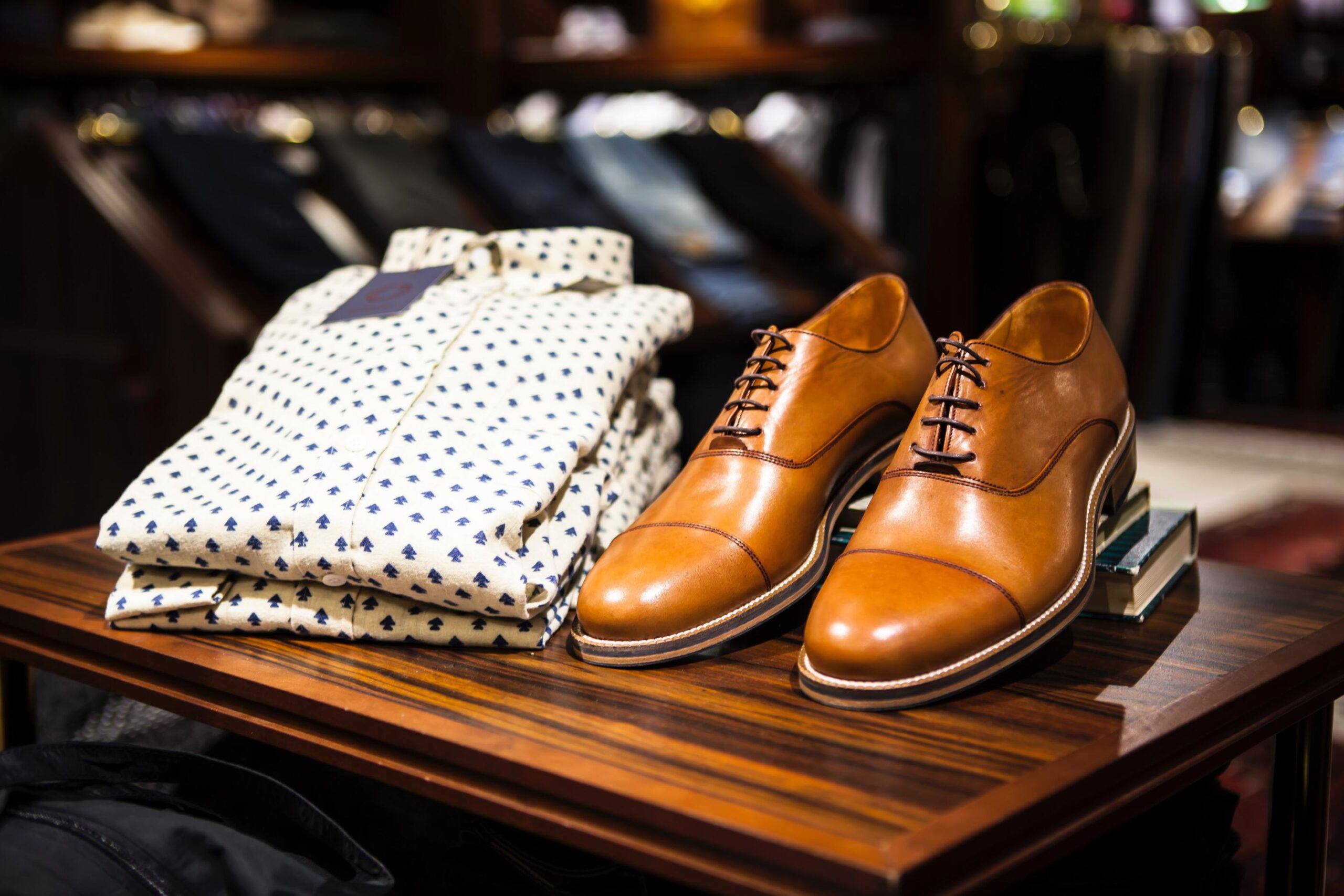The common woman’s kimono outfit may have 12 or extra separate pieces, along with the Nagajuban, or under silk kimono robe. The cloth belt worn with a kimono is referred to as an obi. In the vintage days, the obi- becomes used to hold the kimono closed however in recent times it’s far by and large decorative.
The bow is going at the back. There are some of methods to tie the obi’s knot, or musubi, relying on how formal the event is. It may be very tough to discover ways to tie it. The kimono is worn with zori that are sandals of a comparable form to turn flops. You ought to put on unique socks with cut up toes, known as tabi.
The styles and shades of the cloth used to make a kimono have one of kind meanings. Red, for example, is stated to indicate younger glamour, so is appropriate for younger ladies. Pictures of the three friends of winter pine tree, plum tree and bamboo that are auspicious as they symbolize longevity, perseverance and renewal. And the famous bird, the crane, is an image of lengthy lifestyles and appropriate fortune.
Difference between Yukata vs. Kimono dresses
Yukata and kimono are conventional Japanese apparel. Most of the human beings simply recognize the names yukata as well as kimono, however rarely recognize the real distinction among the two. The simple distinction that may be visible among yukata as well as its kimono is of their fabric.
Well, yukata is available in cotton fabric. On the contrary, a kimono get dressed is available in silk fabric. Another distinction that may be visible it is that yukata is worn at some point of the summer time season. They also are worn as bathrobes in locations together with Hot Springs.
Literally meaning, bathing clothes, yukata has been derived from ‘Yu’, this means that bath, as well as katabira this means that below apparel. Literally meaning, an aspect to put on kimono has been derived from Ki this means that ‘put on as well as its mono this means that ‘aspect’.
Unlike from the yukata apparel, kimono apparel that has as a minimum collars. Of the 2 collars, one sits near the neck, and the alternative one is positioned a piece lower, in order that the 2 collars are visible distinctively. While the use of kimono, socks will must be worn.



